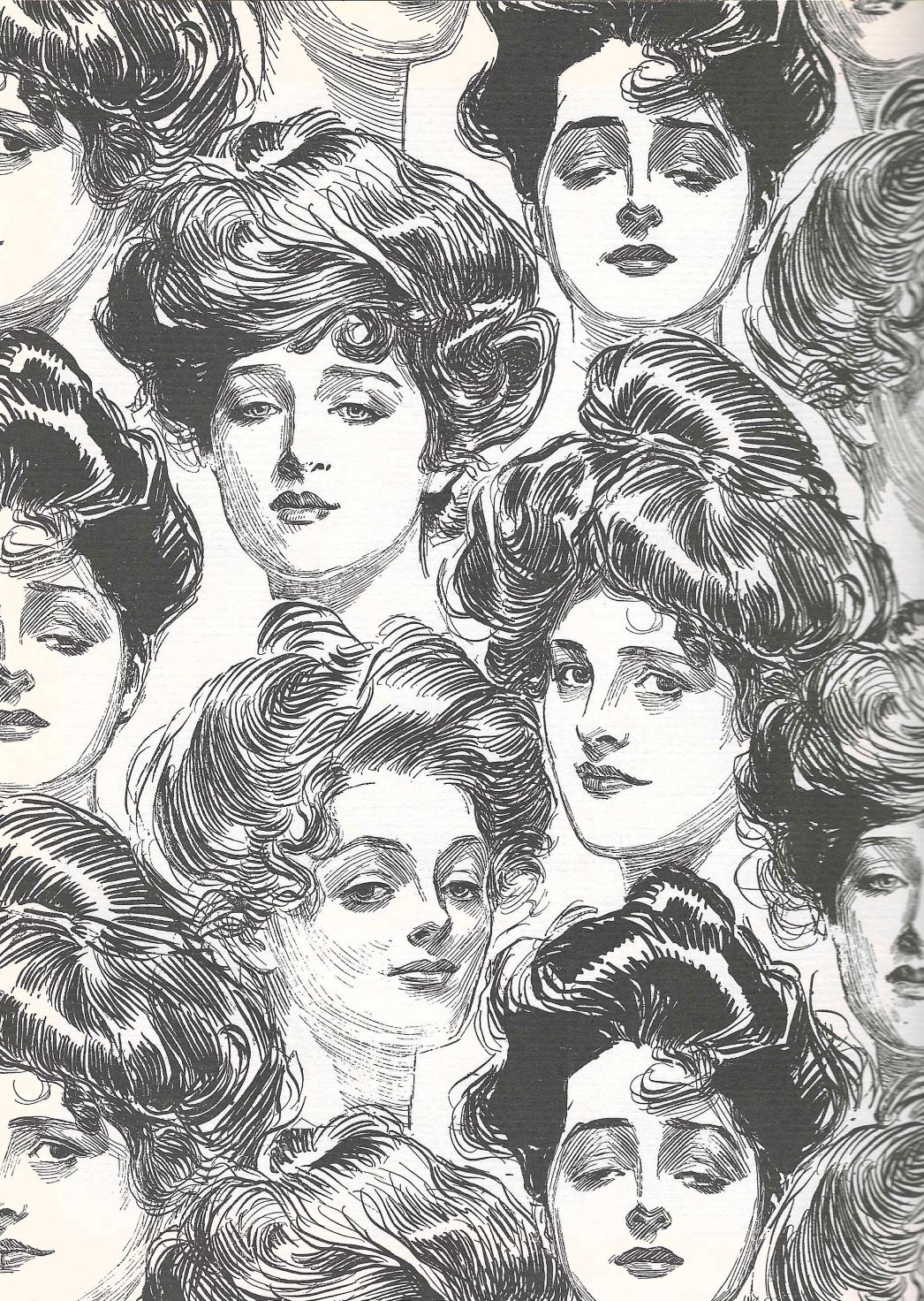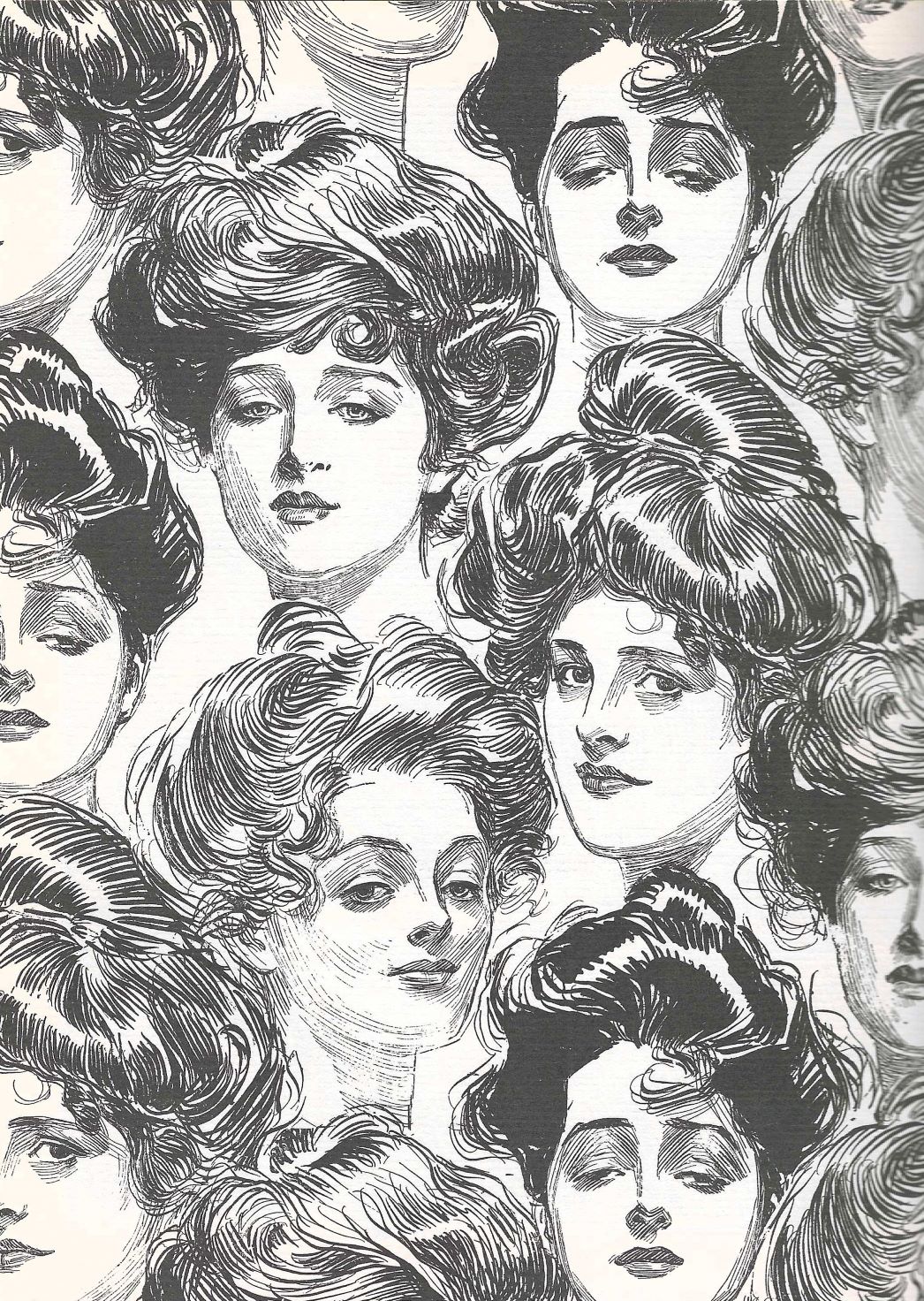Authors:
Historic Era:
Historic Theme:
Subject:
December 1957, Summer 2025 | Volume 9, Issue 1


Authors:
Historic Era:
Historic Theme:
Subject:
December 1957, Summer 2025 | Volume 9, Issue 1

In the dear, nostalgic days of the 1890’s and early 1900’s a vibrant, radiant young woman took the country by storm. She was the Gibson Girl, a brilliant invention, something quite new. She was lovely, animated, and unquestionably American. And today, though four change-filled decades have passed, more men are still in love with her than you might think. Why is her appeal still so potent? She was far removed from our current notions of the ideal American woman. She was not particularly bright and not highly educated. She was not politically informed, and her social conscience, in present-day terms, was dormant. She could not cook or manage a home, nor did she resemble today’s pin-up girl, whose charms are so candidly revealed in certain large-circulation magazines.
Yet even now she evokes worshipful sighs from men too young ever to have known anyone resembling her. One reason, I think, is that the Gibson Girl was forever a girl—forever young and beautiful. She was femininity incarnate without being (in today’s terms) sexy. And nowadays, when sex is portrayed in such blatant detail, it is refreshing to be given the promise of future raptures rather than the play-by-play accounts of bedroom romps in current novels.
In any discussion of the Gibson Girl there is a word, now taboo, that one cannot avoid. She was a lady. In fact, John Ames Mitchell, founder of Life (the original one), explained that one of the reasons he accepted the first drawings of Charles Dana Gibson was that he could draw a lady. The Gibson Girl represents the rosiest aspect of Society (with a capital S) at a period in American life when Society was more clearly defined, less complex, and far more admired than it is today. Gibson himself, by virtue of his birth, his engaging personality, and his agreeable manners, had the entree to New York’s highest social circles and found the best it had to offer highly sympathetic. By “best” I mean a group of congenial people of established family, inherited wealth, and cultivated tastes, who employed their leisure in genuinely graceful (not “gracious”) living.
Gibson hated snobbishness; the only person he lampooned openly was Ward McAllister, who, it will be remembered, numbered the people worth knowing in New York as 400, that being the capacity of Mrs. Astor’s ballroom. Gibson also hated the vulgarity of those newly rich who attempted to buy their way into elite circles. His picture entitled “Mrs. Steele Poole’s Housewarming” is a not-very-subtle reference to the onslaught of newly made millionaires from Pittsburgh—where steel combines were proliferating—on New York Society.
The Society that Gibson approved of, and